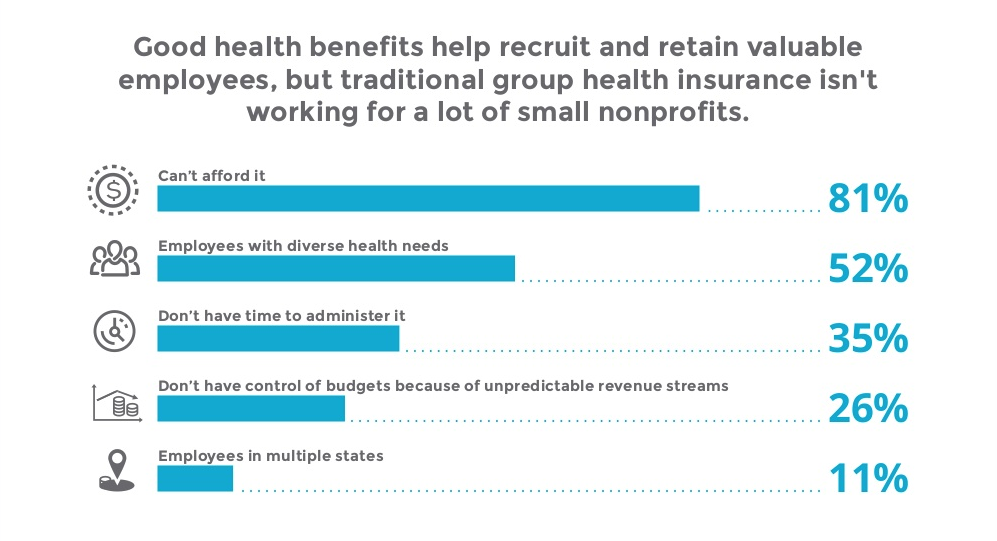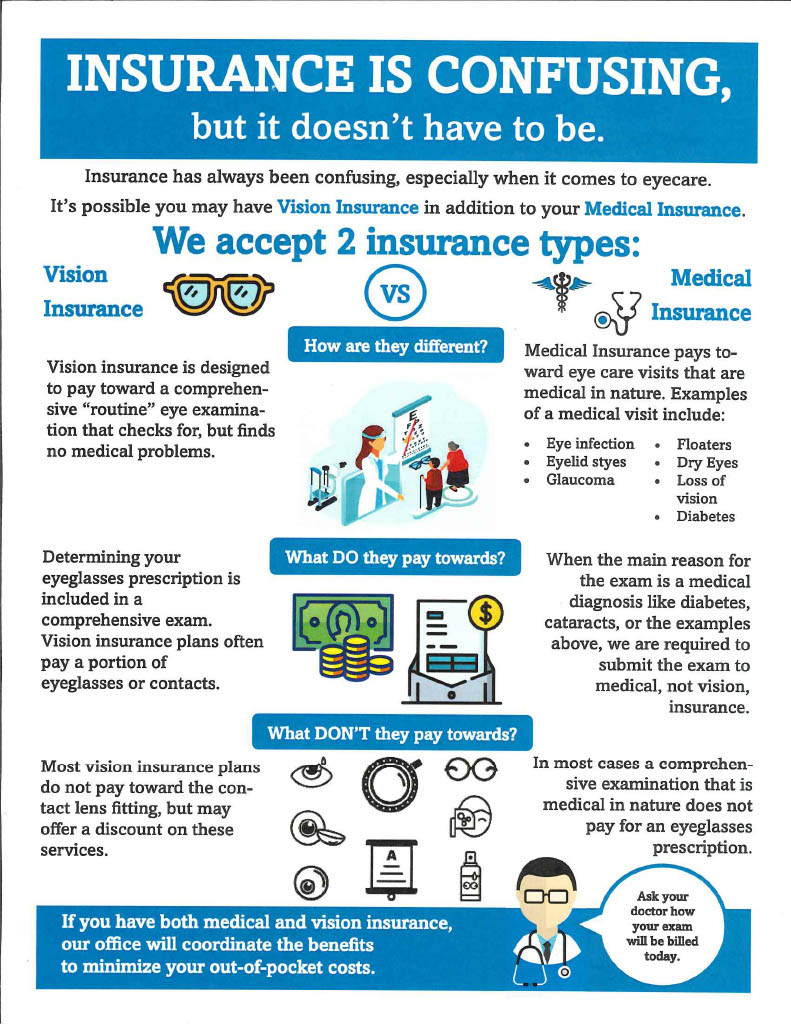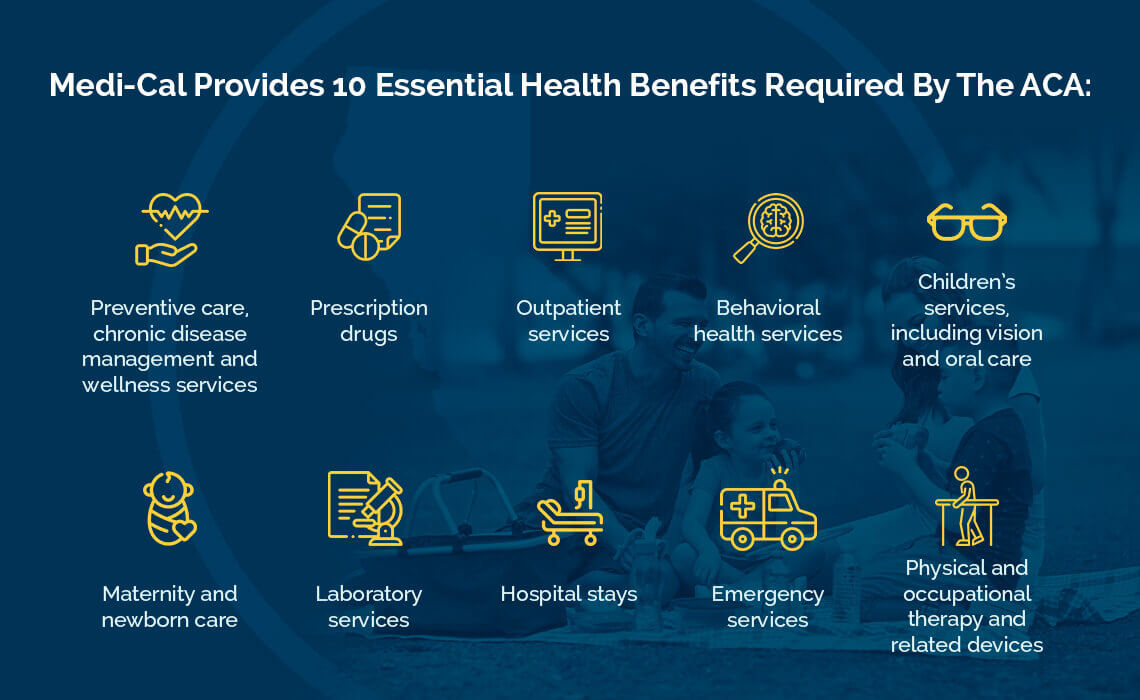Excitement About Medicare Advantage Agent
Excitement About Medicare Advantage Agent
Blog Article
Some Known Details About Medicare Advantage Agent
Table of ContentsWhat Does Medicare Advantage Agent Mean?Little Known Questions About Medicare Advantage Agent.The 7-Minute Rule for Medicare Advantage Agent

follows from perplexing the fairly young age account of the uninsured with the far better health and wellness, typically, of younger individuals. This covers the link between health condition and health and wellness insurance policy. For those without accessibility to work environment medical insurance, inadequate health is a prospective obstacle to purchasing nongroup protection since such coverage might be very valued, exclude pre-existing conditions, or be just unavailable. The variety of without insurance Americans is not particularly large and has not altered over the last few years. 7 out of ten participants in a nationally representative study thought that fewer Americans lacked medical insurance than in fact do(Fronstin, 1998). Roughly fifty percent(47 percent )thought that the variety of individuals without medical insurance lowered or remained continuous over the last fifty percent of the last years(Blendon et al., 1999). This decline of almost 2 million in the variety of individuals 'without insurance coverage (a reduction
of about 4 percent)is definitely a positive adjustment. With a softer economic climate in 2000 the most recent reported gains in insurance policy coverage may not proceed(Fronstin, 2001 ). The decrease in the number of uninsured will not continue if the economic climate stays slow and health treatment expenses continue to exceed inflation. This is due to the fact that the data were accumulated for a period of solid financial efficiency. Of the approximated 42 million people that were without insurance, all but concerning 420,000(regarding 1 percent)were under 65 years old, the age at which most Americans become eligible for Medicare; 32 million were grownups in between ages 18 and 65, about 19 percent of all adults in this age group; and 10 million were youngsters under 18 years old, about 13.9 percent of all youngsters (Mills, 2000). These estimates of the variety of persons without insurance are created from the yearly March Supplement to the Existing Population Study (CPS), carried out by the Census Bureau. Unless otherwise kept in mind, national quotes of individuals without medical insurance and proportions of the populace with various kinds of insurance coverage are based on the CPS, the most extensively used resource of quotes of insurance policy protection and uninsurance prices. These surveys and the estimates they generate are defined briefly in Table B. 1 in Appendix B - Medicare Advantage Agent. These surveys vary in dimension and sampling approaches, the questions that are asked about insurance policy
What Does Medicare Advantage Agent Mean?
insurance coverage, and the time duration over which insurance policy coverage or uninsurance is determined(Lewis et al., 1998, Fronstin, 2000a ). Still, the CPS is especially beneficial due to the fact that it generates annual estimates reasonably swiftly, reporting the previous year's insurance policy protection approximates each September, and because it is the basis for a regular set of estimates for more than twenty years, permitting evaluation of patterns in insurance coverage with time.

Medicare Advantage Agent for Dummies
Over a three-year period starting early in 1993, 72 million individuals, 29 percent of the united state population, were without coverage for at the very least one month. Within a solitary year(1994), 53 million people experienced at the very least a month without coverage(Bennefield, 1998a). 6 out of every 10 uninsured grownups are themselves used. Although working does enhance the chance that and one's family members will certainly have insurance policy, it is not a guarantee. Also participants of households with 2 permanent wage income earners have practically a one-in-ten opportunity of being uninsured (9.1 percent without insurance price)(Hoffman and Pohl, 2000 ). The connection in between health and wellness insurance policy and access to care is well established, as documented later on in this chapter. Although the connection in between medical insurance and wellness end results is neither direct neither simple, an extensive scientific and health and wellness services study literature web links health insurance coverage
to better access to care, better top quality, and improved personal and populace wellness condition. As an example, the second report, on individual health end results for uninsured adults, is represented by the inner circle of the number, while the third record, on family health, encompasses the subjects of the 2nd report yet stresses a various system of evaluation, particularly, the family. The sixth report in the collection will offer info concerning strategies and efforts carried out locally, statewide, or country wide to attend to the absence of insurance policy and its adverse effects. Levels of evaluation for taking a look at the impacts of uninsurance. This discussion of medical insurance coverage concentrates mostly on the united state populace under age 65 due to the fact that practically all Americans 65 and older have Medicare or various other public coverage.
In addition, it concentrates especially on view publisher site those with no medical insurance for any type of size of time. The issues additional hints dealt with by the underinsured are in some respects comparable to those encountered by the uninsured, although they are generally less severe. Uninsurance and underinsurance, nevertheless, include noticeably different policy issues, and the approaches for addressing them may vary. Throughout this research and the five reports to follow, the main focus is on persons without medical insurance and hence no assistance in paying for healthcare past what is available with charity and safety web establishments. Health and wellness insurance coverage is an effective element affecting invoice of care since both clients and physicians respond to the out-of-pocket rate of services. Medical insurance, nonetheless, is neither essential nor adequate to get access to medical services. Nevertheless, the independent and direct result of wellness
insurance coverage on access to health and wellness solutions is well established. Others will get the wellness treatment they need also without health insurance coverage, by paying for it out of pocket or seeking it from service providers that offer care totally free or at extremely subsidized rates. For still others, health and wellness insurance alone does not ensure invoice of care as a result of other nonfinancial obstacles, such as an absence of health care service providers in their area, minimal access to transportation, illiteracy, or linguistic and cultural differences. Official research study about uninsured populaces in the United States dates to the late 1920s and very early 1930s when the Board on the Expense of Healthcare created a collection of records concerning financing doctor office sees and hospitalizations. This concern came to be salient as the numbers of clinically indigent climbed during the Great Anxiety. Empirical studies regularly support the link between access to care and boosted health and wellness end results(Bindman et al., 1995; Starfield, 1995 ). Having a routine resource of treatment can be considered a predictor of access, rather than a straight step of it, when wellness end results are themselves utilized as accessibility indications. This extension of the idea of gain access to dimension was made by the IOM Board on Keeping Track Of Gain Access To to Personal Wellness Care Solutions(Millman, 1993, p. Whether or not parents are insured shows up to affect whether or not their children get care in addition to just how much careeven if read more the kids themselves have coverage(Hanson, 1998). The health of parents can impact their ability to take care of their youngsters and the level of family members tension. Stressing over their children's accessibility to care is itself a resource of stress for parents. 3 phases adhere to in this report. Chapter 2 supplies a summary of how employment-based health and wellness insurance policy, public programs and individual insurance coverage policies run and interact to provide extensive however insufficient protection of the united state populace. This includes a review of historic trends and public laws impacting both public and private insurance coverage, a conversation of the communications among the various kinds of insurance, and an assessment of why people move from one program to another or wind up

Report this page